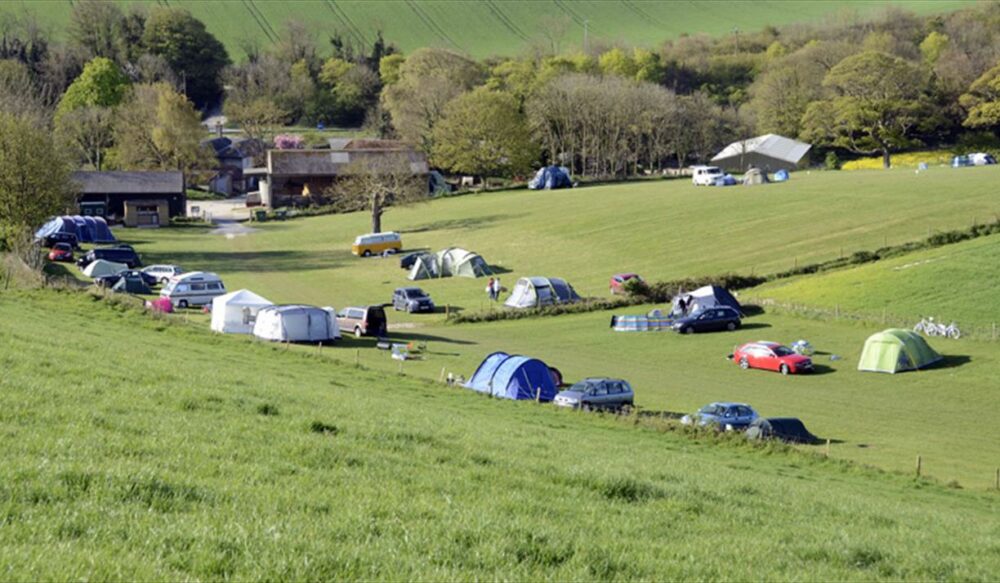As Government cries out for more housebuilding it is often stymied by local restrictions, whether
it be landscape such as National Parks or Areas of Natural Beauty, wildlife or water restrictions.
All these are to a degree based on objective criteria.
One of the biggest constraints however, are Green Belts, which are defined locally and have
entered the public consciousness as a no-go area for development.
Despite its name Green Belts don’t even have to be green! They were originally conceived as a
means to prevent coalescence of towns and villages and to allow urban populations easy
access to the countryside. Government advice as set out in the National Planning Policy
Framework (NPPF) sets out 5 objectives of which 4 still hold to this concept
a) to check the unrestricted sprawl of large built-up areas;
b) to prevent neighbouring towns merging into one another;
c) to assist in safeguarding the countryside from encroachment; d) to preserve the setting and
special character of historic towns; and
e) to assist in urban regeneration, by encouraging the recycling of derelict and other urban land.
While some still serve this purpose others, applied with a broad brush, have effectively become
little more than a barrier to development, with large swathes of land so designated. In total the
UK’s Green Belt covers an area of 1.6m hectares, which is about 12% of the area of England
Within these areas there can be a wide variety of uses, from agriculture and forestry, sports and
leisure and even residential uses.
Council’s can review their Green Belts when updating their local plans but so entrenched is the
concept that to propose any reduction is often political suicide, yet it is estimated that the loss of
just 1% of the Green Belt would solve the housing crisis.
Most developers will have come across sites within the Green Belt which are eyesores but
which cannot be redeveloped due to being so designated. It is often quoted that to ensure
something deteriorates it is only necessary to designate it in one form or another. This has been
the case for over half a century in the Green Belts.
Crumbling buildings, unused agricultural land and inappropriate, often unlawful, uses can be
found but remain due to being within the Green Belt. A more pragmatic approach is needed
which recognises the original purpose, but allows for the area to be tidied up.
By allowing these sites to be redeveloped or offered up in mitigation for building elsewhere the
countryside could be tidied up with land put to beneficial use or restored to a more
environmentally acceptable purpose.
The debate is long overdue but offers potential solutions to many of the country’s challenges in the coming
years.
By Keith Oliver


